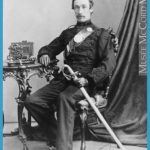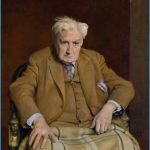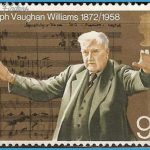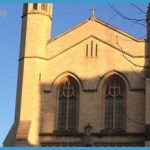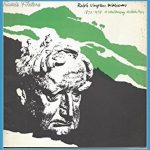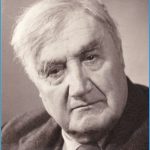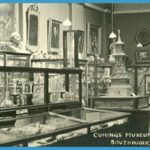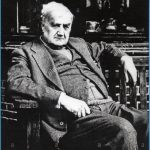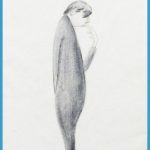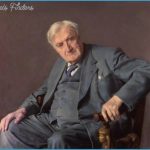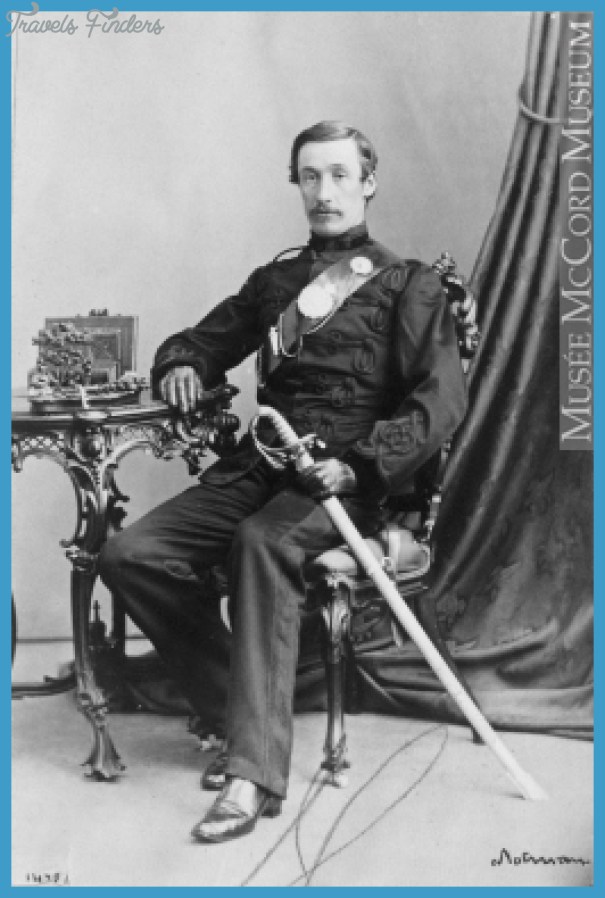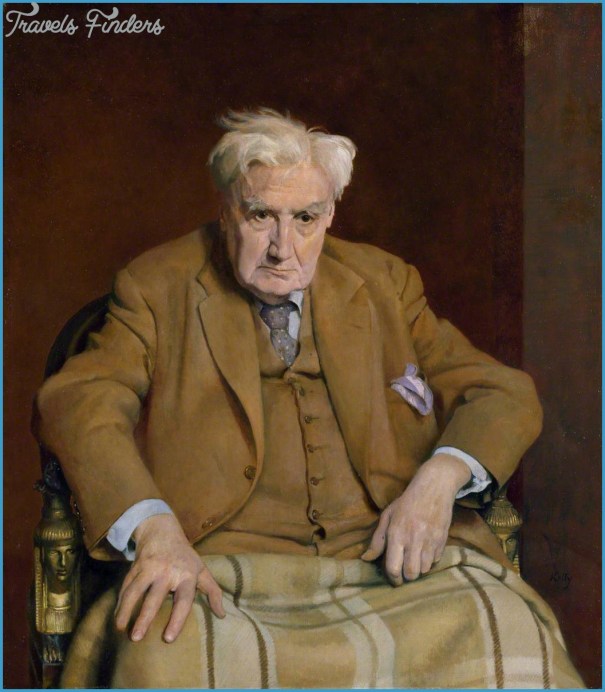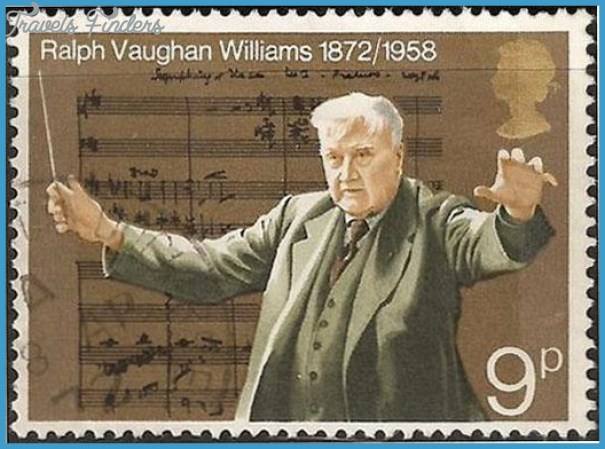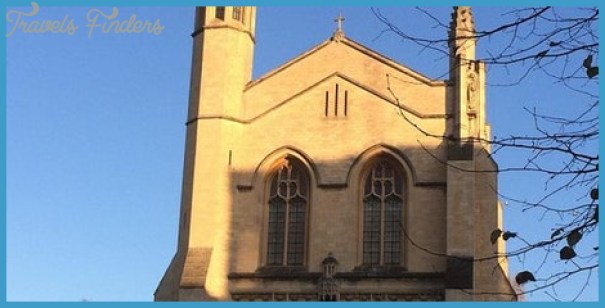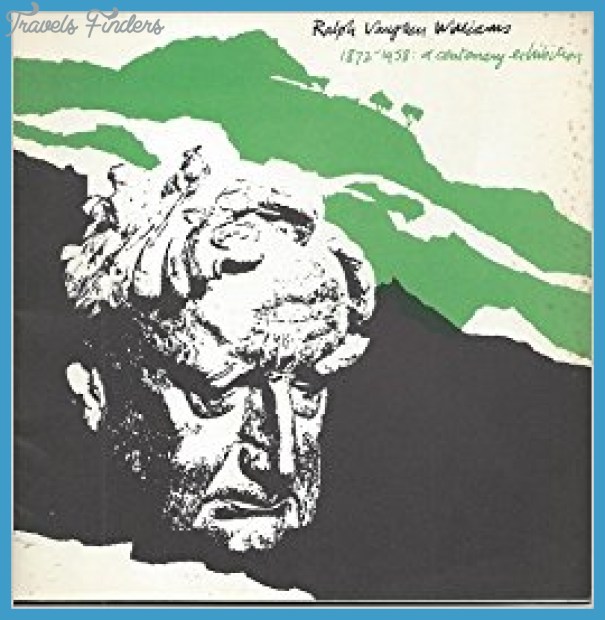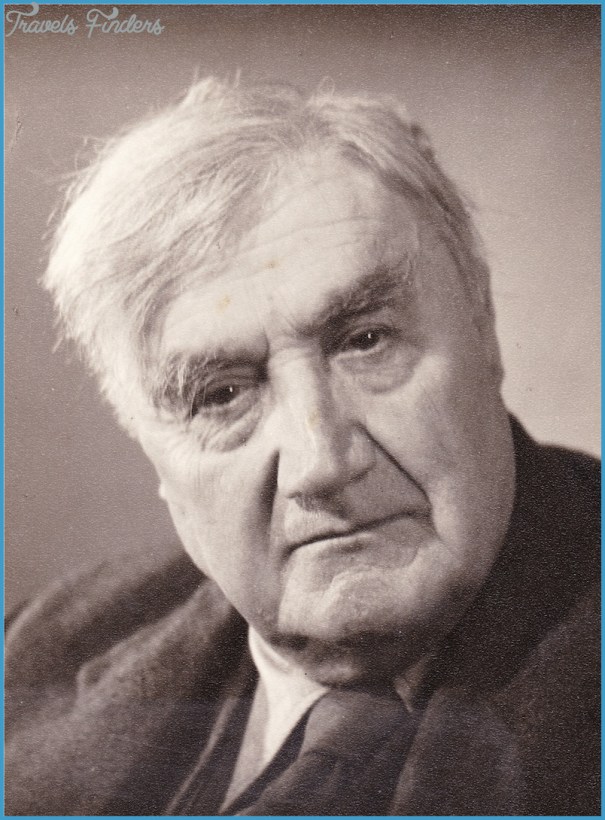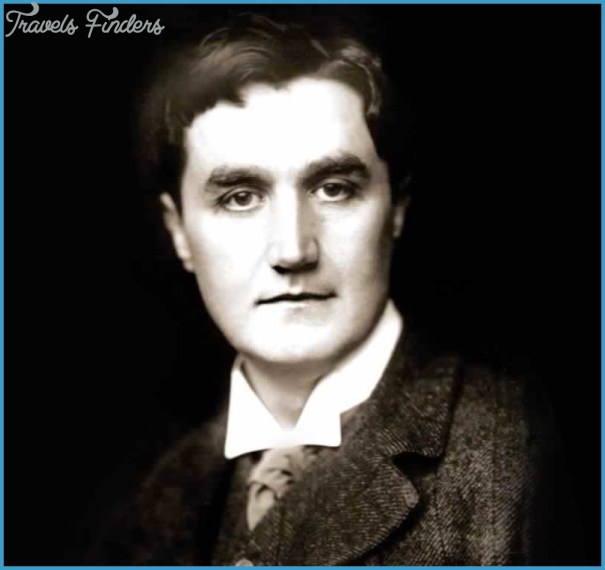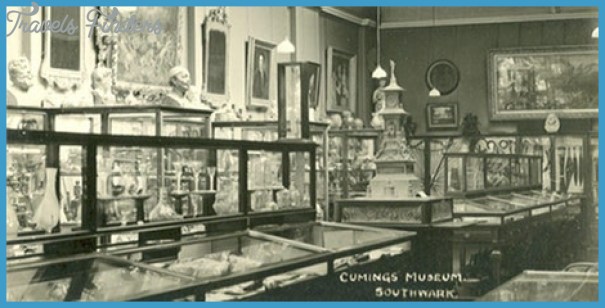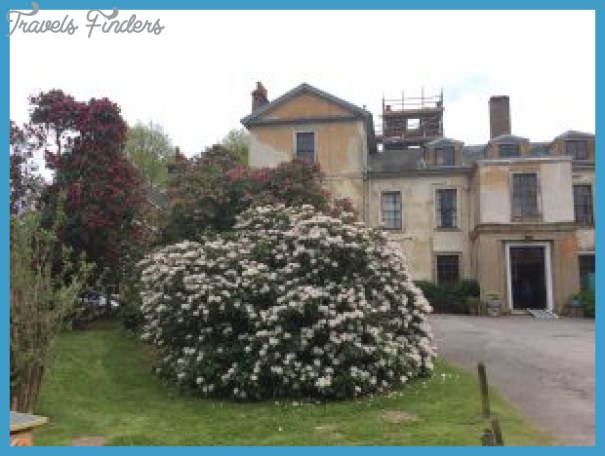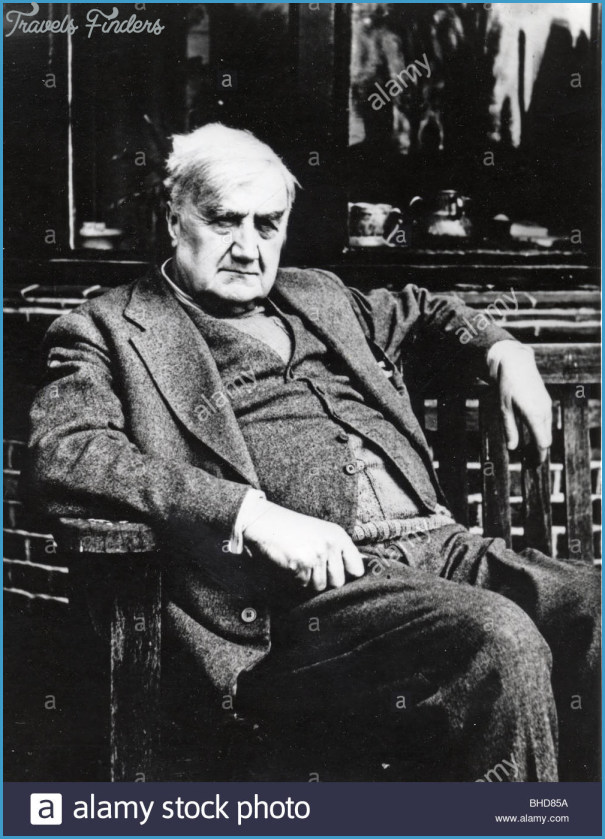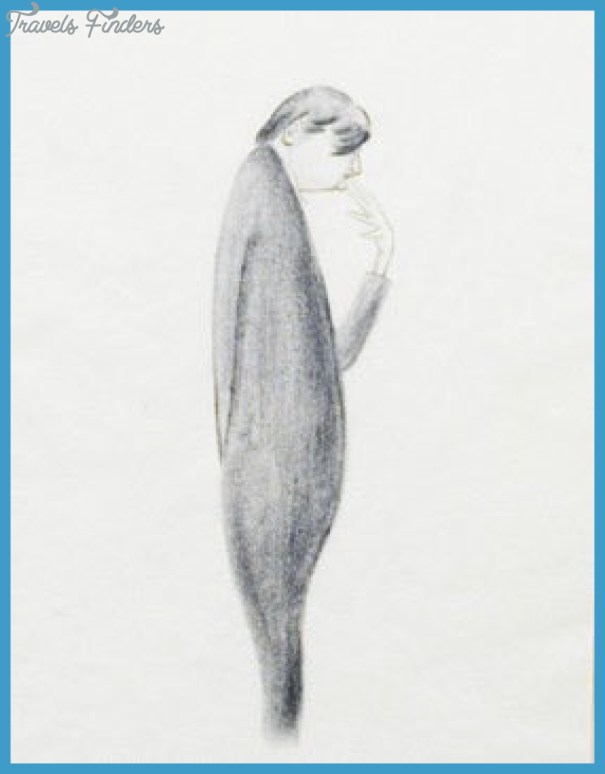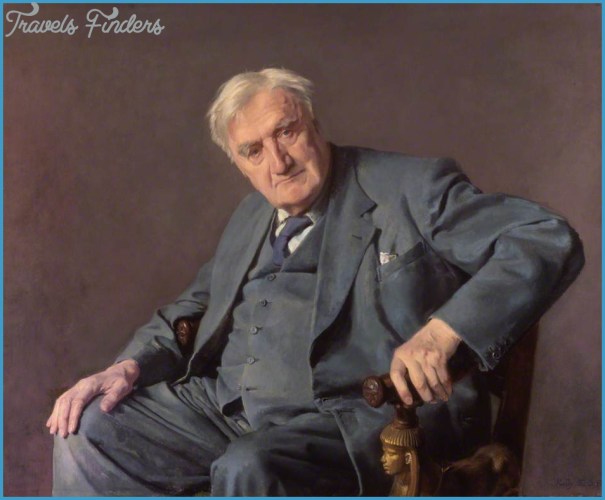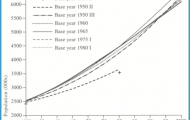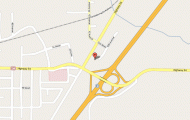VAUGHAN WILLIAMS MUSEUM
Ralph Vaughan Williams was born in 1872 in rural Gloucestershire, in the southern Cotswolds. Those who hear the ancestral dialects of the West Country in his music, however, should not put it down to his birth: the family came from London and nearby, and in 1875, when he was three – after the death of his father, vicar at Down Ampney – he went to live in Surrey, at his mother’s family home, Leith Hill Place, near Dorking. He lived there or in London for the rest of his life, from 1928 to 1953 at a house in Leith Hill called White Gates, which no longer stands; his London house, in (aptly enough) Gloucester Crescent, NW1, where his widow continued to live long after his death in 1958, is close to Cecil Sharp House, the headquarters of the English Folk Dance and Song Society.
VAUGHAN WILLIAMS MUSEUM Photo Gallery
He is not, however, forgotten in Down Ampney. The Old Vicarage, a large house in the centre of the village, bears an inscription, and under the spire of the church, on the edge of the village, there has since 2001 been a display, a series of five boards on which his life is related and his musical output charted, with apt illustration. In the church too is a window in memory of his father, who is buried close by in the churchyard. There is another set of the boards in Surrey, with an additional display on White Gates, showing his study and the lofty galleried room he used for choir rehearsals. A part of the building at the Denbies vineyard, just off the A24 on the north side of Dorking, forms the Surrey Performing Arts Library. There since 2002 a first-floor room has been largely given over to the commemoration of Vaughan Williams, who did so much for both the musical and the communal life of the area, particularly as conductor of the Leith Hill Musical Festival from its foundation (by his sister) in 1905 until 1953. As part of a working public library, the room is not exclusive to Vaughan Williams – there are shelves with other material, a table for meetings, and it is sometimes used for lectures. But it contains a comprehensive collection of Vaughan Williams books, music and recordings, and there is a group of display cases that usually holds exhibits relevant to him, changed regularly and put together from the library’s resources and the collection of the Vaughan Williams Society. One exhibition, for example, was devoted to local contributions to the war effort in both world wars, with many of Vaughan Williams’s letters, some referring to the World War II fire-watching rotas that he managed, with a set of firewatcher’s equipment (helmet and stirrup pump), alongside information about his own compositions of the time and copies of some of them. A separate display case holds books, scores (some with annotations) and a small bust. The long-term intention is to build up the collection and, if space permits, to expand it. But the likelihood of acquiring primary material is small as his manuscripts are mostly deposited in the British Library. VW is also remembered at the concert venue, Dorking Halls, with a plaque and a statue of him, baton in hand – except when borrowed’ by the local rowdies.

